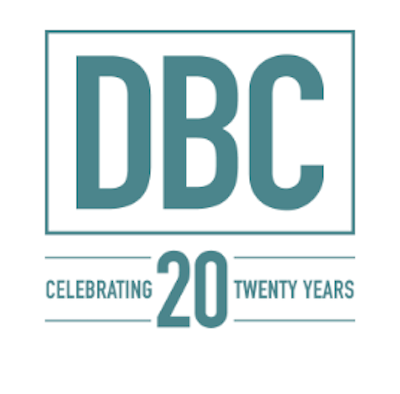
Most video contests receive only 50 to 250 entries. But don’t be discouraged. It’s the total reach that really counts, according to new Forrester Research.
The research company uses the example of Wilkinson Sword’s “Xtreme Shaving.” Even though the video contest generated only 26 entries, the videos were viewed 214,000 times.
The key is to remove barriers to entry and encourage users to pass videos around virally.
Forrester suggests:
HIT THE ROAD And don’t forget the video equipment. CareerBuilder.com toured college campuses with a mobile video booth, making it easy for 18- to 24-year-olds (the group most likely to upload video content) to create videos. Students rose to the occasion, creating more than 5,000 videos, the most Forrester has seen for any user-generated contest.
CREATE A VIRAL EFFECT Make sure the contest goes viral by encouraging users to pass along their videos. Contests decided by popular vote offer a strong motivator for pass along. For example, create a “cheat sheet” with tips for users on how to generate more votes, or offer prizes for the “most viral” videos.
INVOLVE A CHARITY It just makes people feel better and could lead to additional promotion if the charity jumps in and notifies its constituents to generate entries and votes.
CHOOSE A PREMISE TO REUSE THE VIDEOS Stretch the value of the contest by making sure the videos can be repurposed for TV spots, or provide compelling marketing content for Web sites or positive brand messaging when discovered on YouTube. Ski resort operator Sunshine Village’s “Ski & Shoot Sunshine” contest resulted in a permanent archive of videos and photos showcasing the mountain’s terrain and snow conditions.
DID YOU KNOW?
-
6% of online users upload video each month.
-
13% of users ages 18 to 24 upload online video monthly.
-
21% of U.S. marketers and 19% of European marketers last year ran online ads asking users to contribute content. Twice as many plan to run such campaigns this year.
-
If you’re targeting users older than 35, run a photo contest, not a video contest.
Source: Forrester Research, Inc.






